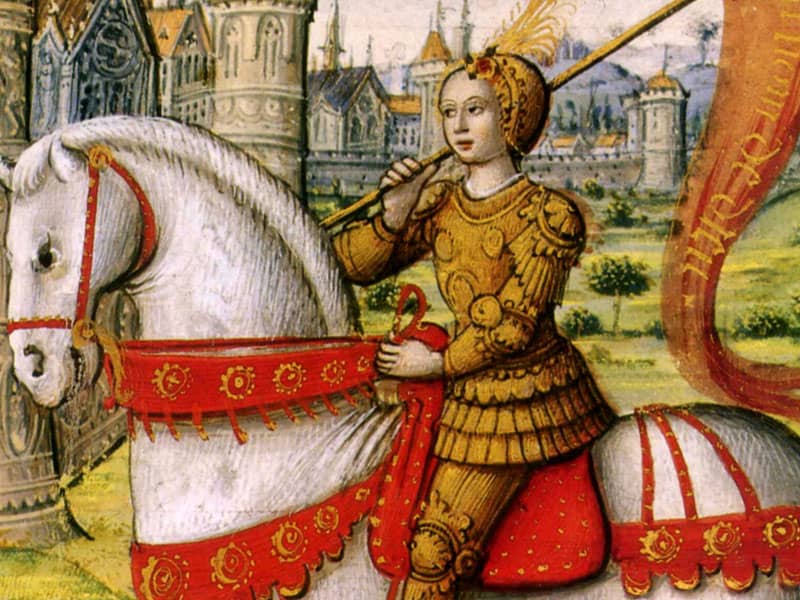The article, the journal's second in two weeks on the scandal that has shaken the U.S. Catholic Church to its core, also says Pope John Paul II is concerned that priests accused of abusing minors should not be subjected to "summary trials."
One part of the nine-page article implicitly criticizes U.S. television networks for coming to Rome in such great numbers and placing media equipment outside the Vatican to cover a meeting on the crisis in April.
"Such a deployment of equipment gave the impression that, beyond the objective, grave and dramatic facts and the legitimate and rightful reaction to such a phenomenon, the entire episode was accompanied by a lot of morbid and scandalistic curiosity," the article says.
Hundreds of reporters covered the two-day meetings.
Another section of the article suggests that some media had handled the story in a knee-jerk fashion, gloating over the church's problems.
"For many newspapers and television stations, maybe it seemed too good to be true to be able to slap the monster of the day on the front page, and this time, it was the turn of the Catholic clergy," it says.
The article claims the American media coverage of the sex scandals had been influenced by what it calls an "anti-Catholic and, therefore, anti-Roman and anti-papist" spirit.
It says the media applied "apparent fair play" in its coverage of the scandal, but claims an underlying anti-Catholic attitude had "snaked its way through America recently."

